How much gold does China have – and how to cash in
China's gold reserves are vastly understated, says Dominic Frisby. So hold gold, overbought or not


I repeatedly come back to this subject because I think it is one of the most important yet overlooked issues in global finance. The geopolitical ramifications are enormous. Something that the Trump administration appears to understand in a way that previous administrations didn’t is this: it doesn’t matter if you issue the global reserve currency; if you don’t make anything, when the tide goes out, you are going to be caught swimming naked.
During Covid, the dangers of excessive dependence on China and its supply chains for critical or strategic products became apparent. It became clear again during the Ukraine war. Russia managed to manufacture munitions much faster than Nato.
Reshoring US industry is not something that can be done overnight. It is going to take years, if not decades – almost as long as it took to unwind in the first place. But the Trump administration is at least trying to kick-start the process with tariffs, a weaker dollar and, more subtly, the managed decline of the US dollar as global reserve currency.
MoneyWeek
Subscribe to MoneyWeek today and get your first six magazine issues absolutely FREE

Sign up to Money Morning
Don't miss the latest investment and personal finances news, market analysis, plus money-saving tips with our free twice-daily newsletter
Don't miss the latest investment and personal finances news, market analysis, plus money-saving tips with our free twice-daily newsletter
As a result, neutral gold’s role as a global reserve asset is returning to prominence. History’s “golden” rule will soon apply again: he who has the gold makes the rules.
My argument is that China has considerably more than the 2,300 tonnes it says it does. That figure constitutes the world’s fifth-largest reserve of the yellow metal. The central banks of the US, Germany, Italy and France are the top four holders of gold reserves, with respective 8,133, 3,350, 2,451 and 2,437 tonnes.
How much gold does China have?
The People’s Bank of China (PBOC) is China’s main custodian, but other state entities, such as the China Investment Corporation (the sovereign wealth fund), the State Administration of Foreign Exchange and the Army, also own gold. In fact, having other state bodies hold gold is one of the means by which China is able to understate its reserves.
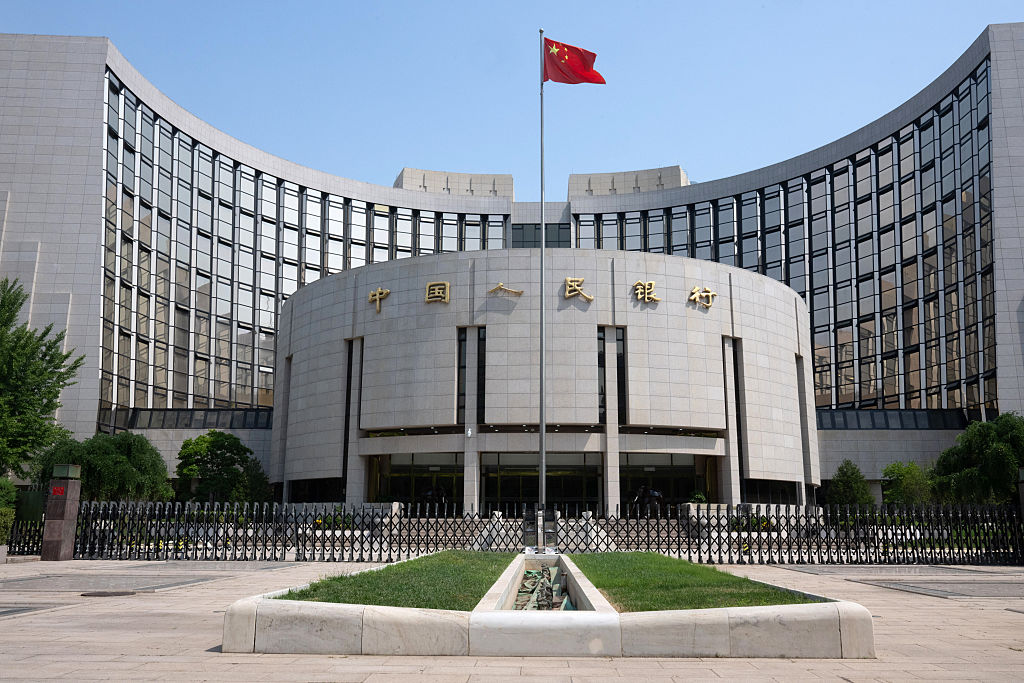
I’m going to use a slightly more conservative methodology, which means I will arrive at a lower estimate. Even so, the numbers will shock you. Remember that China is the world’s largest importer of gold, the largest consumer and the largest producer (in 2008 its output eclipsed South Africa’s). I am going to use round numbers, as they are more digestible, and when there is a spread (between 500 and 1,000 tonnes, say), I will take the middle number: 750.
It is impossible to know just how much gold China has imported, because so many transactions are private ones, particularly those that go through London, Switzerland or Dubai. Gold transactions in Hong Kong are more transparent.
However, most, although not all, of the gold that goes to China goes through the Shanghai Gold Exchange (SGE), which opened in 2007. Withdrawals from the SGE between 2007 and mid-2025 total 29,500-30,000 tonnes, based on aggregated data from the Shanghai Gold Exchange (SGE) and World Gold Council (WGC) reports. I’m going to overlook gold that made its way to China prior to 2007, although it’s quite easy to make the argument that this amounts to several thousand tonnes.
The SGE is just a flow metric, it should be noted. It does not represent total consumption. Some of the gold passing through will have been double-counted, either as a result of reselling and recycling, or because of China’s booming money-laundering business and the circular trade with Hong Kong. Estimates for double-counting range from 10%-30%. Let’s take the middle 20% figure (6,000 tonnes), and that leaves us with 23,250 tonnes of SGE gold.
As for the undisclosed gold, consider that the PBOC likes 400-ounce bars, as traded in London. These do not trade on the SGE, which uses smaller kilogram bars and 3kg and 12.5kg ingots. (400oz is about 11.3kg.)
So London imports will not go through the SGE, unless re-smelted, and are therefore counted in addition to the numbers above. Analysts mostly concur that while reported imports via London, Switzerland and Dubai total between 3,500 and 4,500 tonnes, another 3,000 tonnes (mostly post-2009, accelerating since 2022) have gone unreported. Add the 3,000 tonnes to the 23,250 of SGE gold and our total is now 26,250 tonnes.
Gold mining in China
Around 55% of Chinese gold production is state-owned, and we know from geological records that this century, China has mined roughly 7,500 tonnes.
Between 70% and 80% of Chinese production is sold through the Shanghai Gold Exchange, so we have already counted that. The other 20%-30% goes to the state. Using estimates from the mid-range, 25% of those 7,500 tonnes (1,875 tonnes) has gone to the state. The rest has been sold through the SGE. Add 1,875 tonnes to the total, and we reach a figure of 28,125 tonnes.
By the way, I have not included overseas Chinese gold production, of which there is a lot. Some of this gold is sold on international markets and never actually reaches China. But what does reach China is sold through the SGE and has therefore already been counted. Finally, we have to add in gold held in China, whether as bullion or jewellery, prior to 2000. The WGC estimates a figure of 2,500 tonnes in privately held jewellery. Added to domestic mining and official reserves, you get a figure of around 4,000 tonnes. This brings our grand total to 32,125 tonnes.
Demand for gold
Previously, I have argued that 50% of that gold would go to the state. That would mean roughly 16,000 tonnes – almost twice as much as the US’s reported 8,100 tonnes! Let me propose another methodology.
It stems from my conversation with Konstantin Kisin in the Triggernometry podcast a fortnight ago. Last year, investors and central banks comprised a respective 25% and 23% of overall demand for gold; the figures for jewellery and industry are 47% and 6%.
These figures of course change from year to year, with demand from investors and central banks being the big variables. But if we assume demand from China roughly matches global demand, that would mean that of the 32,125 tonnes, roughly 15,100 tonnes is jewellery; 8,030 is now bullion held by investors; 1,930 tonnes went into manufacturing; and the Chinese government has 7,400 tonnes.
This assumes Chinese gold has been allocated over the last 25 years according to the global habits of last year, which is almost certainly a bogus assumption. China is such a big manufacturer that demand from the Chinese industry may well be higher than 6%.
It’s also easy to argue that because the Chinese people like gold so much, and the state has been encouraging them to invest since 2007, that both Chinese jewellery and investment demand is higher than 47% and 25% respectively.
Similarly, because of dedollarisation, demand from the PBOC could be higher than 23%. In any case, I have been transparent about my methodology.
You can make up your own minds. The upshot is that China’s stated reserves of 2,300 tonnes are a gross underestimate.
In a way, it’s actually better for investors if China has less gold, because it means they have more buying to do, and that should help drive prices higher. Meanwhile, the Middle Kingdom’s stated 2,300 tonnes only account for 7% of its $3.4 trillion of overall reserves. To get above 70% and match the allocation ratios of the US, Germany, France and Italy, at $4,200/oz gold, it would need something like 18,000 tonnes. That’s a lot of buying yet to come, in other words.
If you take my assumption from previous years (that 50% of the gold that has gone to China via imports or production went to the state), then China has 16,000 tonnes of gold. That is twice America’s reported holdings of 8,133 tonnes.
This comes just as gold, at current prices, accounts for 30% of global foreign-exchange holdings, according to Deutsche Bank. The US dollar, meanwhile, makes up 40%. The euro’s proportion lies below 20%. This is quite the move: gold’s share was just 20% at the beginning of the year.
At $5,800 – a 33% rise from today’s price of $4,340 – gold overtakes the US dollar to become central banks’ largest holding. That assumes banks don’t buy any more, of course, when they will. A recent survey by the WGC found that 43% of central banks plan to increase their holdings over the next year, while 95% of reserve managers expected global central-bank holdings to rise over the next 12 months.
I was looking for parity between the dollar and gold in terms of reserve holdings at some stage in the next decade. We could see it within the next six months on current trajectories.
Why is China keeping its gold a secret?
And gold isn’t money, according to former Federal Reserve chairman Ben Bernanke. So why does China understate its reserves? China is still in accumulation mode. While it is buying, it wants the price low.
It certainly doesn’t want to cause it to spike.
If China were suddenly to say that it actually has 7,400 or 16,000 tonnes, rather than 2,300, it would send the gold price rocketing. More significantly, it risks sending the dollar into a plunge. China has $3.4 trillion-worth of dollars. It wants to preserve their value, presumably.
In short, coming clean on gold holdings would create enormous financial upheaval. It has that card, ready to play, should it ever need to, should it ever get into conflict with the US, for example. Money is the first thing that gets weaponised in war.
But for now it doesn’t need to. China is surely happy growing as it is, making things and selling them to the rest of the world, thus ensuring that the rest of the world becomes dependent on it. Why rock the boat? It’s on to a good thing after all.
“We must not shine too brightly,” as Deng Xiaoping is once supposed to have said. I understand that what he actually said amounted to “keep a low profile”, or “don’t draw attention to yourself”. Same difference. China doesn’t want to rock the boat, particularly while it’s still accumulating gold.
This is quite a shift that is taking place, and it is happening quickly. The upshot? You really want to own gold, overbought or not.
Dominic Frisby writes the investment newsletter The Flying Frisby (theflyingfrisby.com). His latest book is The Secret History of Gold: Myth, Money, Politics & Power, published by Penguin Business and available from all good bookshops.
This article was first published in MoneyWeek's magazine. Enjoy exclusive early access to news, opinion and analysis from our team of financial experts with a MoneyWeek subscription.
Get the latest financial news, insights and expert analysis from our award-winning MoneyWeek team, to help you understand what really matters when it comes to your finances.
Dominic Frisby (“mercurially witty” – the Spectator) is as far as we know the world’s only financial writer and comedian. He is the author of the popular newsletter the Flying Frisby and is MoneyWeek’s main commentator on gold, commodities, currencies and cryptocurrencies. He has also taken several of his shows to the Edinburgh Festival Fringe.
His books are Daylight Robbery - How Tax Changed our Past and Will Shape our Future; Bitcoin: the Future of Money? and Life After the State - Why We Don't Need Government.
Dominic was educated at St Paul's School, Manchester University and the Webber-Douglas Academy Of Dramatic Art.
You can follow him on X @dominicfrisby
-
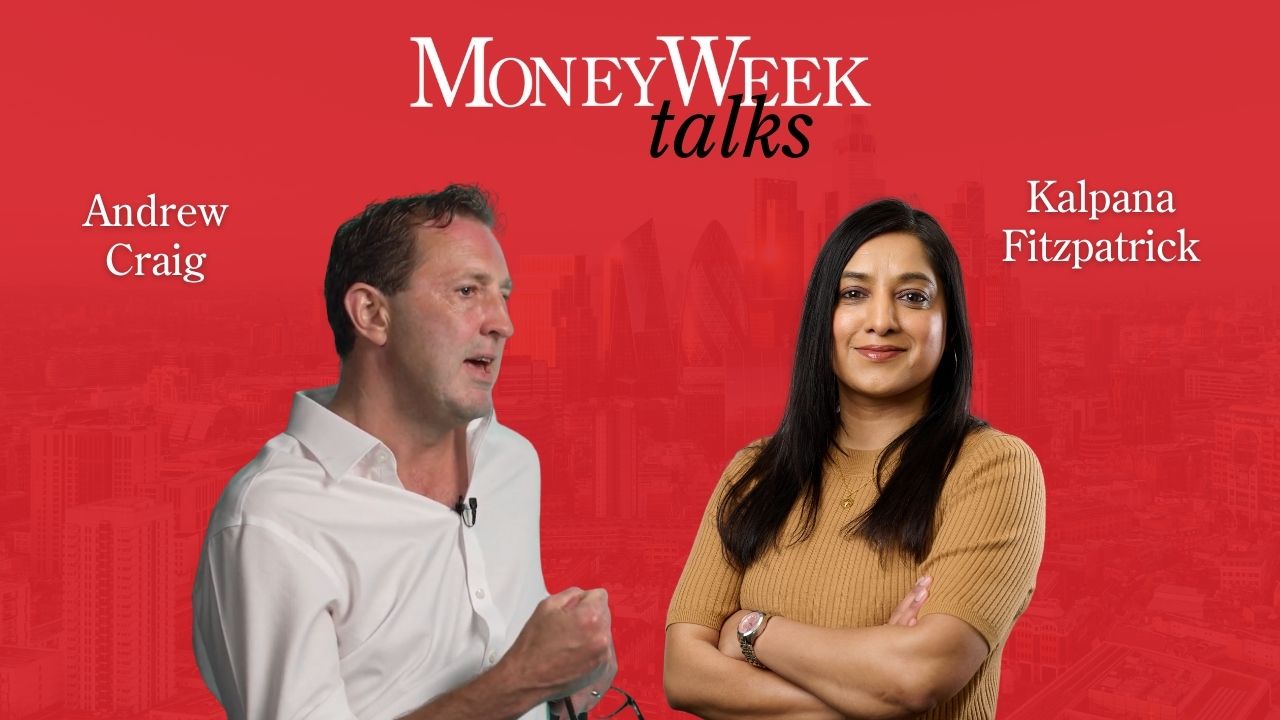 The investing mistakes not to make: MoneyWeek Talks
The investing mistakes not to make: MoneyWeek TalksPodcast MoneyWeek's digital editor speaks to Andrew Craig, founder of Plain English Finance, about why passive investing isn't always the only option for good investors
-
 Household savings ratio drops – are you setting enough aside for 2026?
Household savings ratio drops – are you setting enough aside for 2026?High inflation has pushed the savings ratio down again and the figure could dip further next year
-
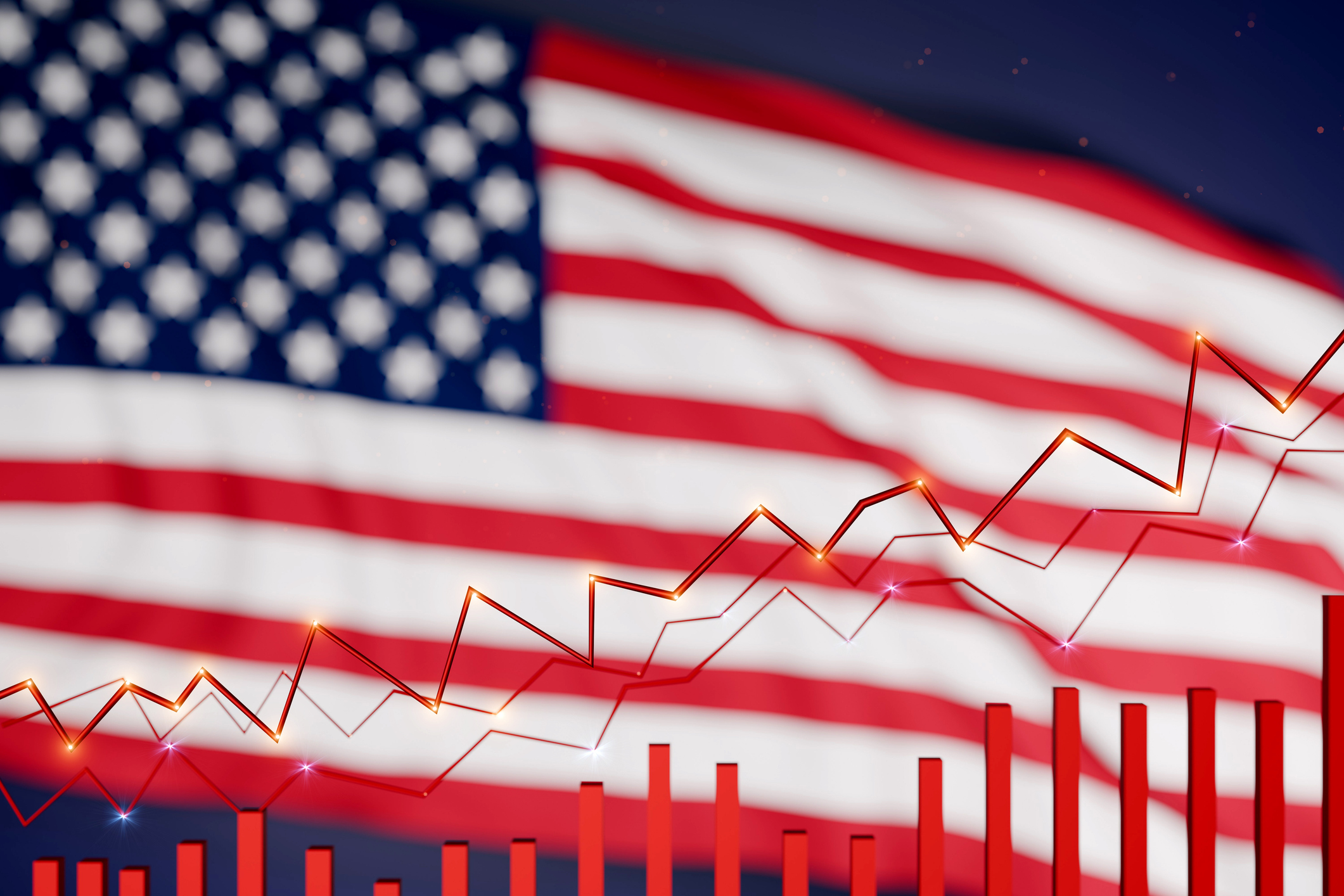 Stock markets have a mountain to climb: opt for resilience, growth and value
Stock markets have a mountain to climb: opt for resilience, growth and valueOpinion Julian Wheeler, partner and US equity specialist, Shard Capital, highlights three US stocks where he would put his money
-
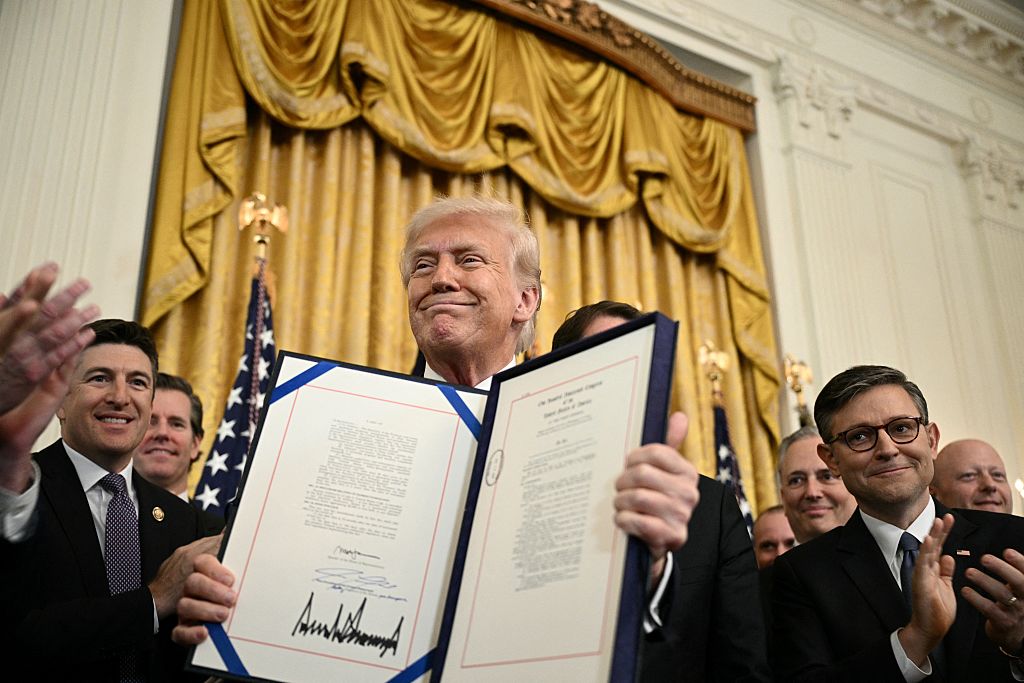 The steady rise of stablecoins
The steady rise of stablecoinsInnovations in cryptocurrency have created stablecoins, a new form of money. Trump is an enthusiastic supporter, but its benefits are not yet clear
-
 SRT Marine Systems: A leader in marine technology
SRT Marine Systems: A leader in marine technologySRT Marine Systems is thriving and has a bulging order book, says Dr Michael Tubbs
-
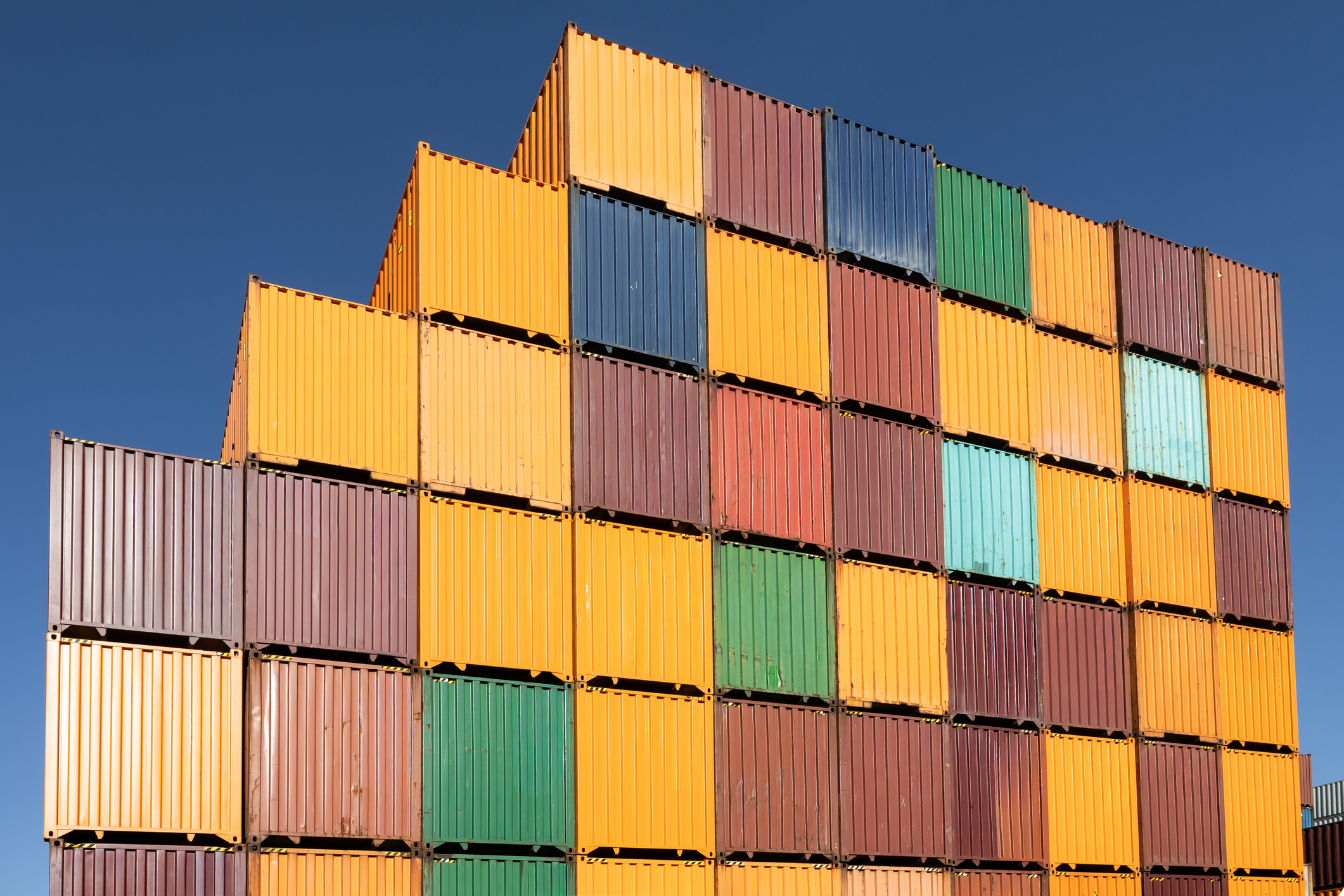 Goodwin: A superlative British manufacturer to buy now
Goodwin: A superlative British manufacturer to buy nowVeteran engineering group Goodwin has created a new profit engine. But following its tremendous run, can investors still afford the shares?
-
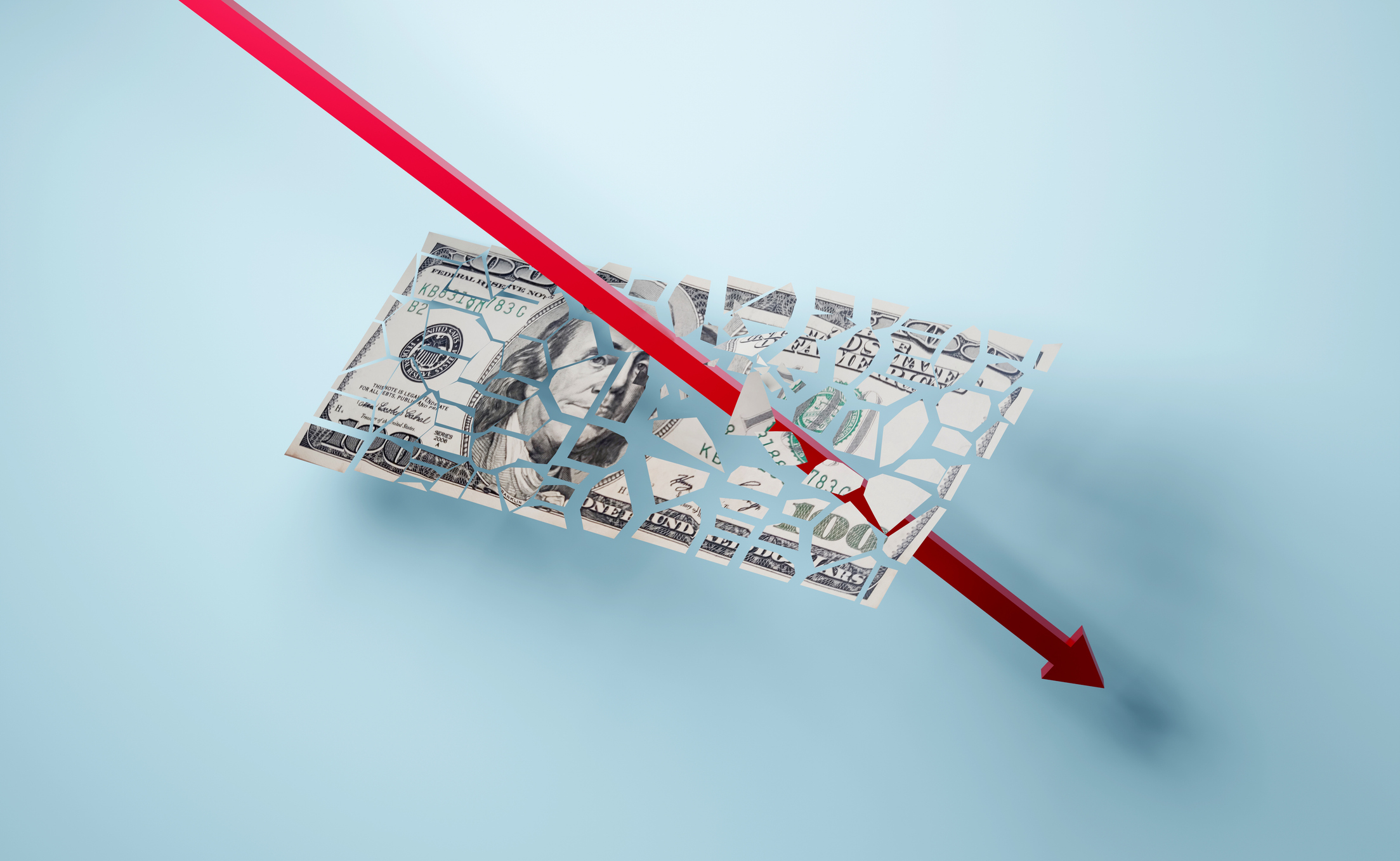 A change in leadership: Is US stock market exceptionalism over?
A change in leadership: Is US stock market exceptionalism over?US stocks trailed the rest of the world in 2025. Is this a sign that a long-overdue shift is underway?
-
 A reckoning is coming for unnecessary investment trusts
A reckoning is coming for unnecessary investment trustsInvestment trusts that don’t use their structural advantages will find it increasingly hard to survive, says Rupert Hargreaves
-
 Modern Monetary Theory and the return of magical thinking
Modern Monetary Theory and the return of magical thinkingThe Modern Monetary Theory is back in fashion again. How worried should we be?
-
 Metals and AI power emerging markets
Metals and AI power emerging marketsThis year’s big emerging market winners have tended to offer exposure to one of 2025’s two winning trends – AI-focused tech and the global metals rally
